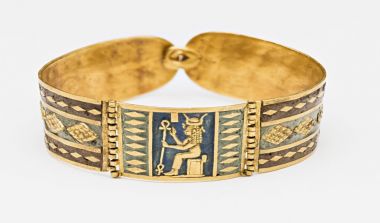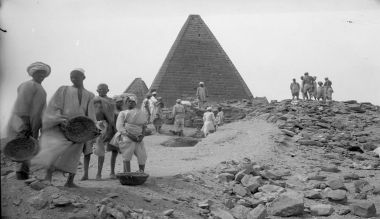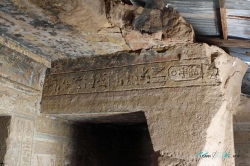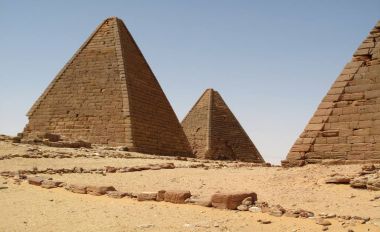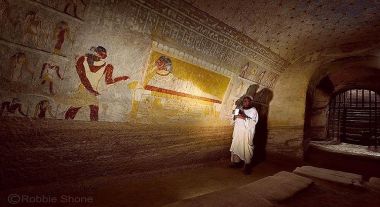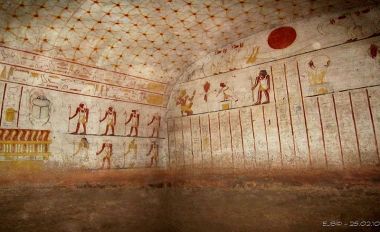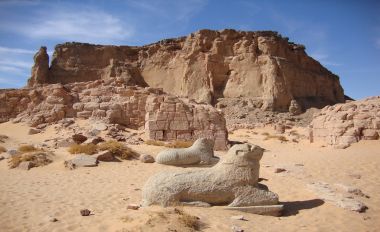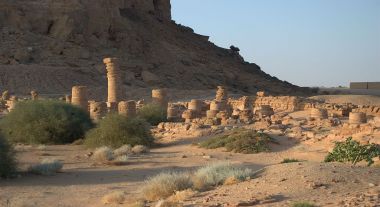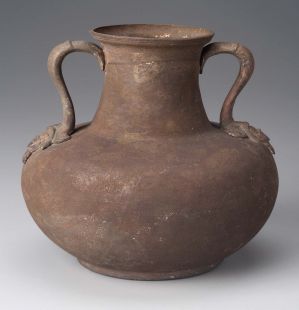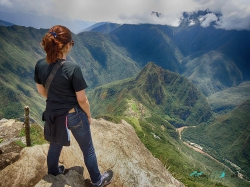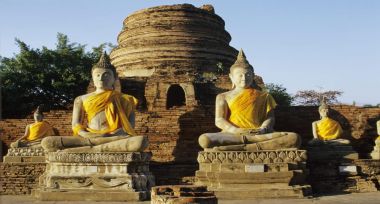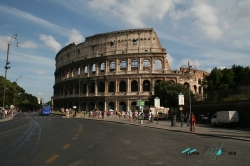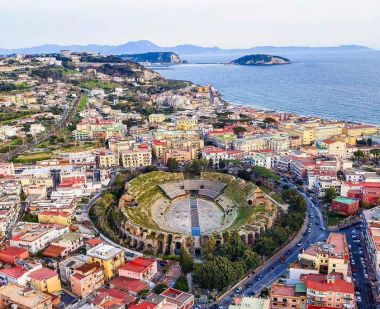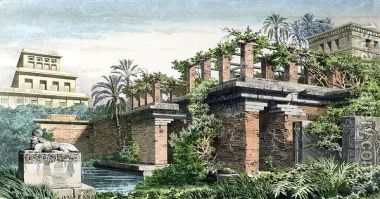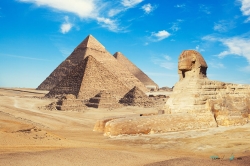ABOUT Gebel Barkal
Comprise five archaeological sites on both sides of the Nile in an arid area considered part of Nubia. Together they cover an area more than 60 km long. The sites (Gebel Barkal, Kurru, Nuri, Sanam and Zuma) represent the Napatan (900 - 270 BC) and Meroitic (270 BC - 350 AD) cultures of the second kingdom of Kush. They include tombs, with and without pyramids, temples, burial mounds and chambers, living complexes and palaces. They exhibit an architectural tradition that shaped the political, religious, social and artistic scene of the Middle and Northern Nile Valley for more than 2000 years (1500 BC- 6th Century AD).
The pyramids, tombs, temples, palaces, burial mounds and funerary chambers set in the desert border landscape on the banks of the Nile, are unique in their typology and technique. The remains, with their art and inscriptions, are testimony to a great ancient culture that existed and flourished only in this region.
Gebel Barkal has been a sacred mountain since New Kingdom times (ca. 1500 BC). The Egyptians believed that their State God Amon resided in this "Holy Mountain". Today, the mountain is locally named (Gebel Wad el-Karsani) after a Muslim sheikh (saint) buried near the 100m high, flat-topped sandstone rock. The mountain is closely associated with religious traditions, since the tomb of this sheikh is still being visited by the local people for blessings.
In the winter of 1912/1913, Francis L. Griffith carried out excavations at Sanam, the village nearly opposite Gebel Barkal on the south side of the Nile. Beside investigations of the Amun temple and the so-called treasury, he also excavated a major part of a large cemetery, containing 1619 graves with 1573 burials (Griffith 1923).' Almost all the graves he found were
disturbed and some of them were completely empty. Nevertheless, about 50% of them contained objects as well as human remains.
Inscribed in the UNESCO World Heritage List since 2003
The pyramids, tombs, temples, palaces, burial mounds and funerary chambers set in the desert border landscape on the banks of the Nile, are unique in their typology and technique. The remains, with their art and inscriptions, are testimony to a great ancient culture that existed and flourished only in this region.
Gebel Barkal has been a sacred mountain since New Kingdom times (ca. 1500 BC). The Egyptians believed that their State God Amon resided in this "Holy Mountain". Today, the mountain is locally named (Gebel Wad el-Karsani) after a Muslim sheikh (saint) buried near the 100m high, flat-topped sandstone rock. The mountain is closely associated with religious traditions, since the tomb of this sheikh is still being visited by the local people for blessings.
In the winter of 1912/1913, Francis L. Griffith carried out excavations at Sanam, the village nearly opposite Gebel Barkal on the south side of the Nile. Beside investigations of the Amun temple and the so-called treasury, he also excavated a major part of a large cemetery, containing 1619 graves with 1573 burials (Griffith 1923).' Almost all the graves he found were
disturbed and some of them were completely empty. Nevertheless, about 50% of them contained objects as well as human remains.
Inscribed in the UNESCO World Heritage List since 2003
The Best Pictures of Gebel Barkal
Videos of Gebel Barkal









